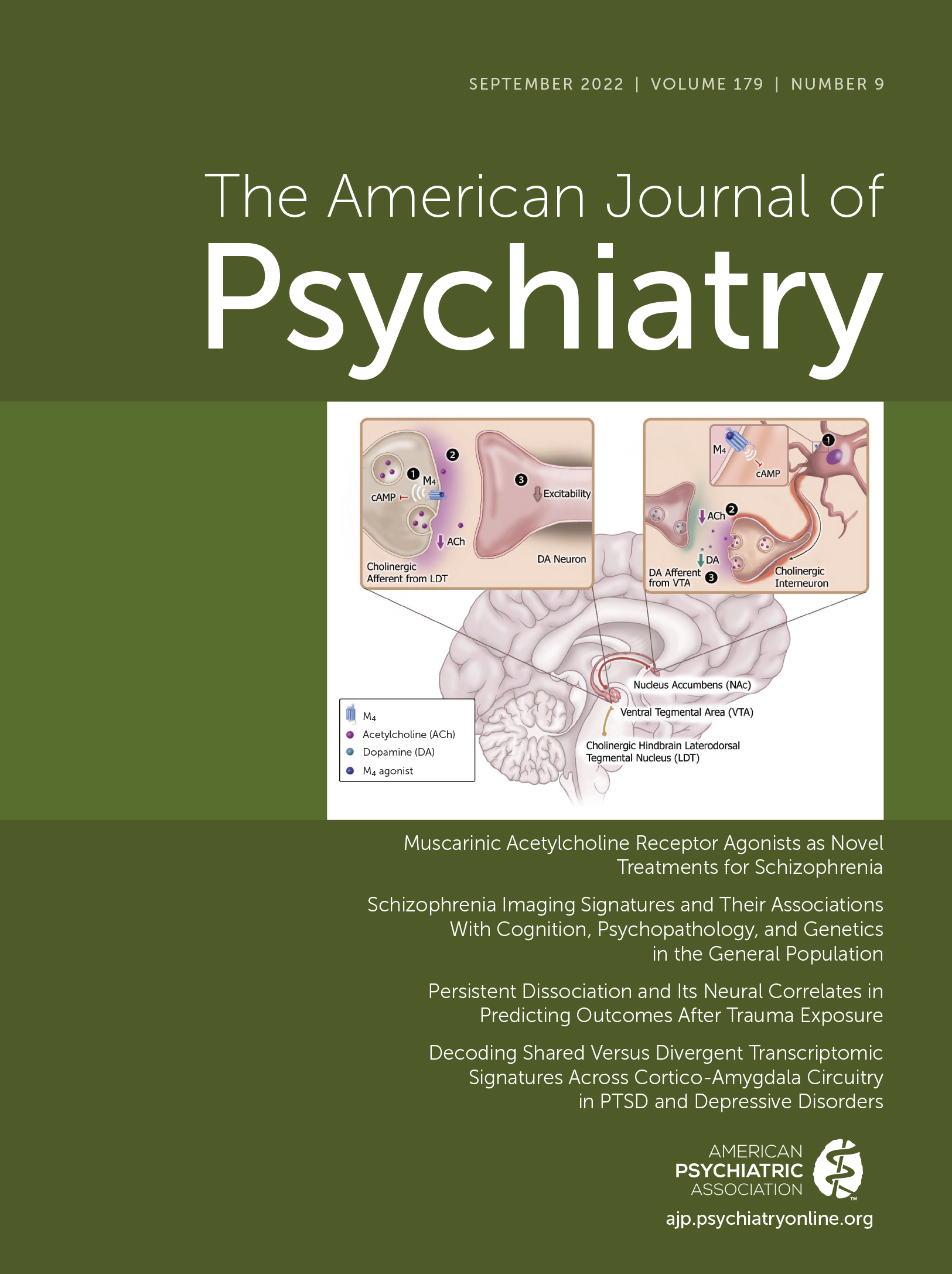An Extended Swedish Adoption Study of Anxiety Disorder and Its Cross-Generational Familial Relationship With Major Depression
Abstract
Objective:
To clarify, using an extended adoption design, the sources of parent-offspring transmission for anxiety disorder (AD) and its major subforms and their familial cross-generational relationship with major depression (MD).
Methods:
Offspring (born 1960–1992) and their parents, from six family types (intact, not-lived-with biological father or mother, lived-with step-father or step-mother, and adoptive), were ascertained from Swedish national samples. Diagnoses were obtained from national medical registers. We assessed three sources of parent-child resemblance: genes plus rearing, genes only, and rearing only. To test comorbidity effects, single diagnoses were assigned in comorbid cases based on frequency and recency.
Results:
For AD to AD parent-child transmission, best-estimate tetrachoric correlations for the three types of parent-offspring relationships genes plus rearing, genes only, and rearing only—equaled +0.16 (95% CI=0.16, 0.16), +0.12 (95% CI=0.10, 0.13), and +0.06 (95% CI=0.04, 0.07), respectively, with broadly similar results for MD to MD transmission. Cross-disorder cross-generation correlations were modestly lower, with genetic and rearing correlations for AD and MD estimated at +0.83 (95% CI=0.76, 0.90) and +0.83 (95% CI=0.69, 0.96), respectively. Analyses for panic disorder and generalized anxiety disorder (GAD) produced comparable findings, with the genetic correlation with MD modestly higher for generalized anxiety disorder than panic disorder. Applying a diagnostic hierarchy to comorbid cases resulted in a decline in cross-disorder cross-generation transmission with the estimated genetic correlation equaling +0.46 (95% CI=0.30, 0.62).
Conclusions and Relevance:
For AD and its major subforms, cross-generational transmission includes both genetic and rearing effects. In traditional analyses, AD and MD demonstrate highly correlated genetic and rearing effects. The genetic correlation weakened when applying a diagnostic hierarchy.



